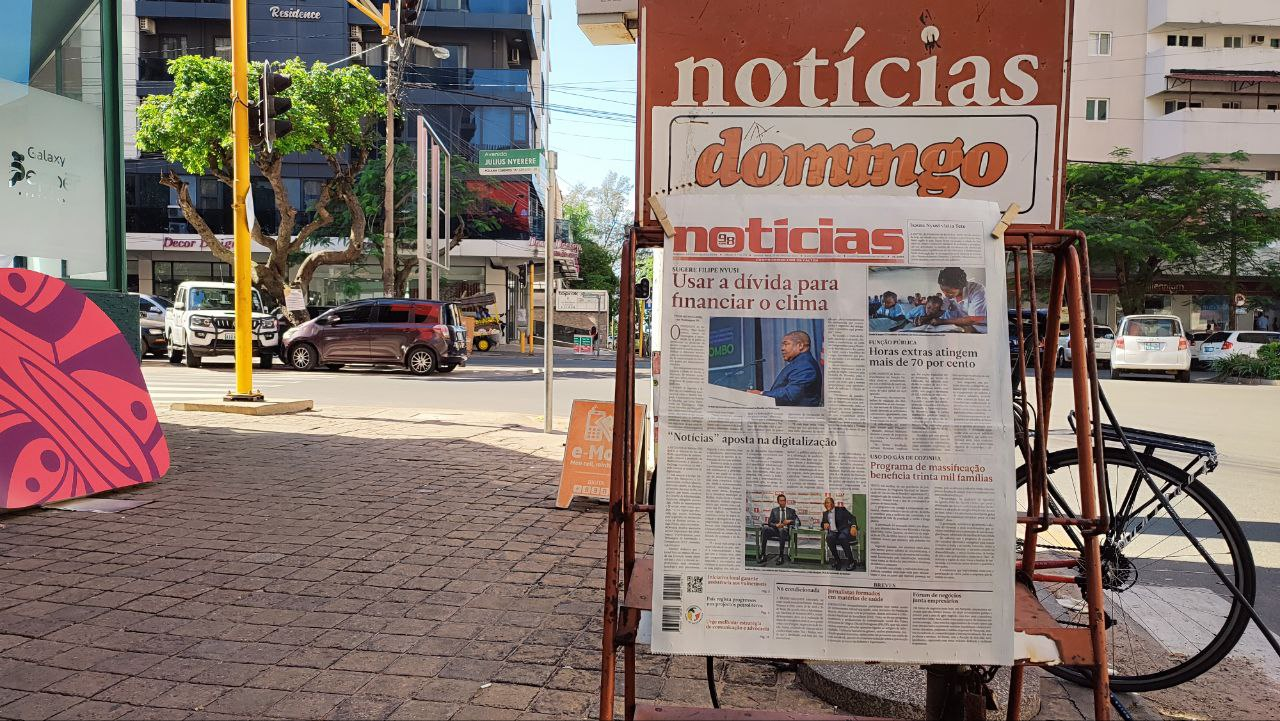Cabo Ligado Monthly: December 2021
In a speech to parliament on 16 December, Mozambican President Filipe Nyusi argued that 2021 had been a year of substantial progress in improving security in northern Mozambique. To support his claim, he pointed to statistics kept by his government measuring the number of insurgent attacks suffered by Mozambican civilians over the course of the year. In 2021, he claimed, insurgents launched 52 attacks against civilians in northern Mozambique. That number, he said, was down from 2020, when there were just over 160 attacks.
Nyusi’s appeal to statistics is important for two reasons. The first is that it helps us understand the way the government is tracking success in the conflict. Though there has been no release of the data underlying Nyusi’s numbers, nor any explanation of how they were arrived at, his divulging of government data gives us a sense of the government’s priorities and a way to evaluate Nyusi’s argument with public data. When measured with ACLED data, Nyusi’s overall claim that insurgents attacks on civilians fell year on year in 2021 holds up fairly well. ACLED records 297 incidents of violence against civilians involving insurgents in Cabo Delgado in 2020. In 2021, ACLED records 121 incidents of violence against civilians involving insurgents across both Cabo Delgado and Niassa provinces, taking into account the conflict’s geographic expansion. Though the numbers of incidents do not match up to Nyusi’s count, the proportions are similar. Nyusi claimed a roughly 68% reduction in attacks, while ACLED data show a roughly 59% reduction.* Though the conflict appears far from over, these reductions are believable, since the insurgency spent more time on the offensive in 2020 than it did in 2021.
Yet, conversely, the second reason these statistics are important is that they underline how little clarity there is from the Mozambican government about how it views the state of the conflict. Because the government has not divulged any of the methodology or underlying data behind the statistics, it is impossible to tell what the government counts as an attack or to verify whether the claimed attacks took place. Definitions matter in this context. For example, in ACLED data, insurgent action that results only in the destruction of property – such as the burning of houses – does not count as an incident of violence against civilians unless civilians are directly assaulted. That is, the 121 incidents ACLED records of violence against civilians involving insurgents in 2021 does not include a substantial number of incidents in which insurgents executed their most common modus operandi: burning homes. Without an understanding of the government’s definition of an “attack,” it is hard to know how accurate Nyusi’s data are.
Indeed, some internal government statistics call Nyusi’s claims into question. A leaked presentation put together by the Nangade district government tallies the “damage caused by terrorism to public and state infrastructure” in the district between January and August 2021. The survey covers 22 villages, detailing deaths, homes and offices burned, and vehicles and machinery destroyed by insurgent attacks. The data are organised by village, rather than by attack, but even if we assume that each village was only attacked once in that time period, it still suggests that 42% of the 52 attacks Nyusi referred to took place in Nangade district between January and August. Given the large number of insurgent attacks on civilians that took place in Macomia and Palma districts in 2021, either that proportion is wrong, the president and the district government are using different methodology to measure attacks, or there were more attacks than Nyusi claimed. In ACLED’s data, incidents in Nangade district account for about 26% of incidents of violence against civilians involving insurgents in Cabo Delgado and Niassa provinces in 2021, just less than Macomia district and slightly more than Palma district.
In fact, comparing the Nangade government data to the ACLED data reveals the challenges of tracking the conflict. The district government records 99 fatalities, 121 motor vehicles destroyed, and an astonishing 5,263 homes burned across the 22 villages between January and August of 2021. ACLED data for the same period show just 21 fatalities in acts of violence against civilians involving insurgents in Nangade district overall. Only 15 of those deaths took place in villages mentioned in the Nangade government data – the others happened in attacks on places like Luneke and Namiune, which were not included in the district government survey. There is no reason to believe that the district government data are fundamentally flawed (although, again, it would be useful to have a public accounting of what the district counted as “damage caused by terrorism”). Instead, the disparity between the government data and ACLED data – which rely on both public sources and original reporting – highlights the difficulty of gathering information about the conflict in an environment where the government prevents journalists from reporting from the front lines.
*Ironically, Nyusi’s raw numbers match up more closely with those from the Islamic State (IS). In an end-of-year roundup, the group claimed 68 attacks in Mozambique in 2021.









